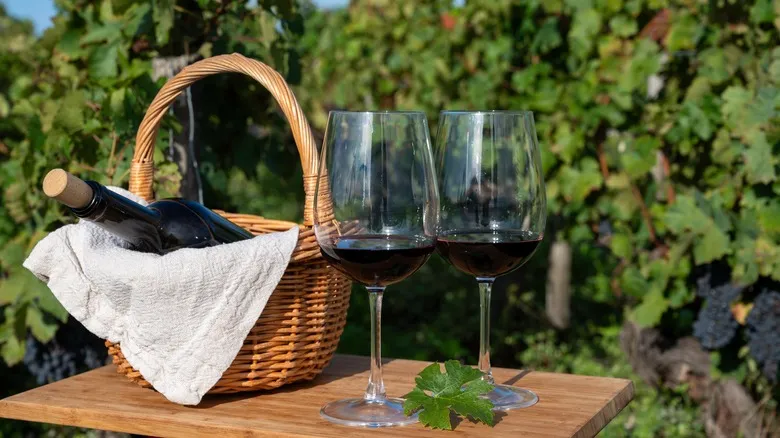The main products are different
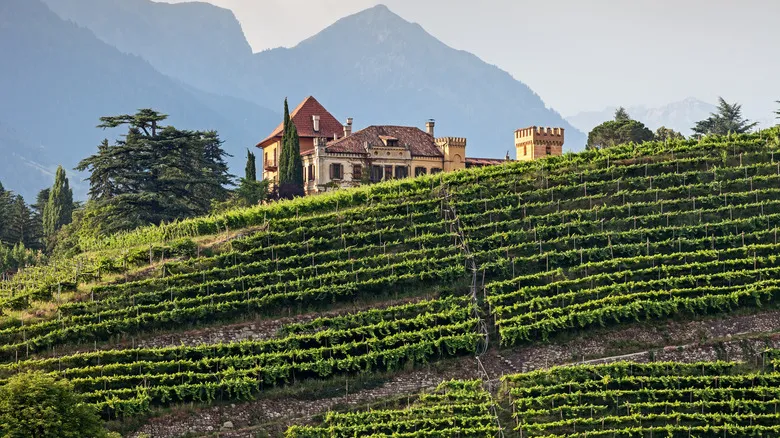
A vineyard is a term that combines "vine," referring to the climbing plants that produce grapes, and "yard," which denotes a plot of land set aside for grape cultivation. The individuals who work in a vineyard are farmers (not vintners) whose primary responsibility is to care for the vines and their fruit. The harvest from a vineyard can serve various purposes beyond just winemaking, depending on the type of grape cultivated. If the vineyard grows table grapes, the harvest is sent to supermarkets for immediate sale as fresh fruit. In contrast, if it cultivates varietals like Cabernet or Merlot, those grapes are exclusively intended for winemaking. Regardless of the type, both are referred to as vineyards.
When the grapes are ripe, they are transported to partner wineries, where the next stage of the winemaking process occurs. You may also find details about the vineyard's origin on the wine label. Wineries are equipped with all the necessary industrial machinery for large-scale wine production, including pressing machines to extract juice from the grapes, fermentation tanks for converting the juice into alcohol, and aging cellars where the wine matures. The final product, after straining and filtering, is wine!
Some places handle both jobs simultaneously

Due to the expenses and intricacies involved, most vineyards and wineries operate independently but collaborate to create the final product. However, some prominent brands, referred to as estate-bottled brands, manage grape growing, winemaking, and bottling entirely on their own land.
According to the U.S. Alcohol and Tobacco Tax and Trade Bureau (TTB), for a wine bottle to be labeled as "estate-bottled," all grapes must be sourced from vineyards owned by the winery, and both must be situated within the same viticultural area. The primary benefit of estate wines is the winery's total control over the entire production process, ensuring consistent quality across different batches. Furthermore, estate wines have gained a strong reputation for their exceptional quality, with each bottle receiving a level of care and attention that may not be afforded to wines from other brands.
In return for this superior quality, estate wines are often quite pricey and exclusive. For instance, finding a bottle of Château Margaux for under $500 would be quite a feat! Nevertheless, as any wine lover will attest, if you appreciate fine wine, the investment is undoubtedly worthwhile!
Recommended
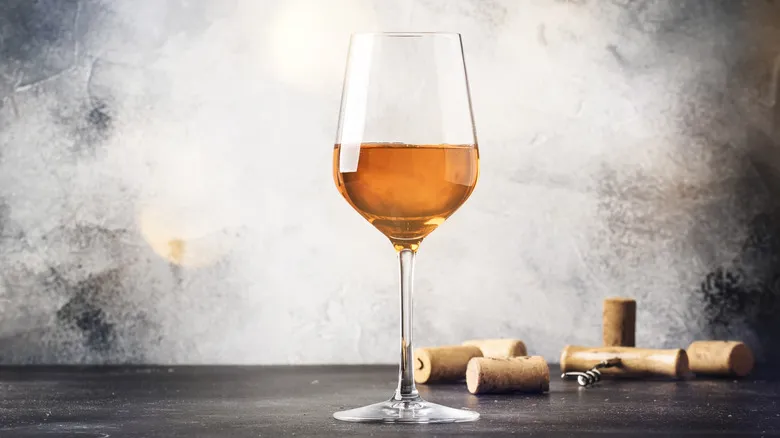
An Expert's Guide To Pairing Food With Orange Wine
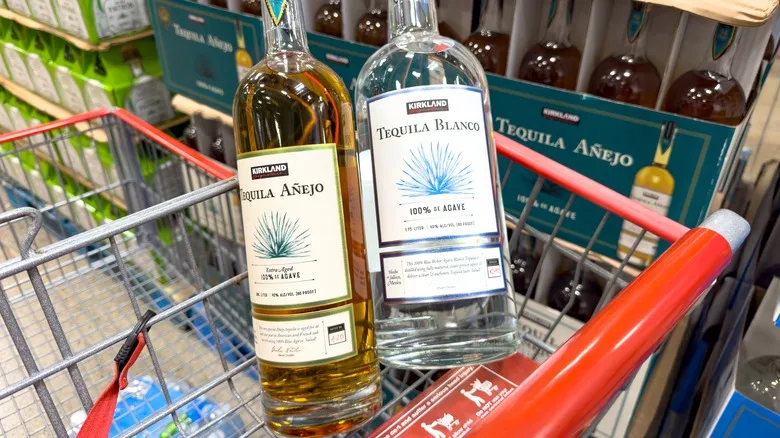
Costco Won't Sell You Alcohol In These 2 US States

Dolly Parton Breaks Into The US Booze Business With A New Wine Collection
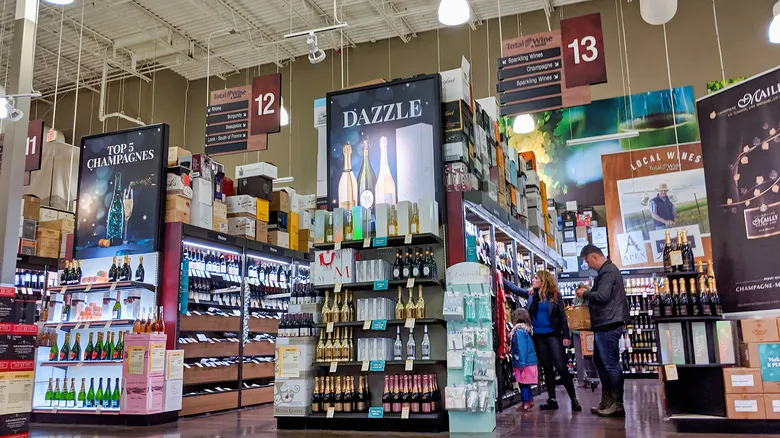
How Total Wine Overtook Costco As The Biggest US Wine Company
Next up

